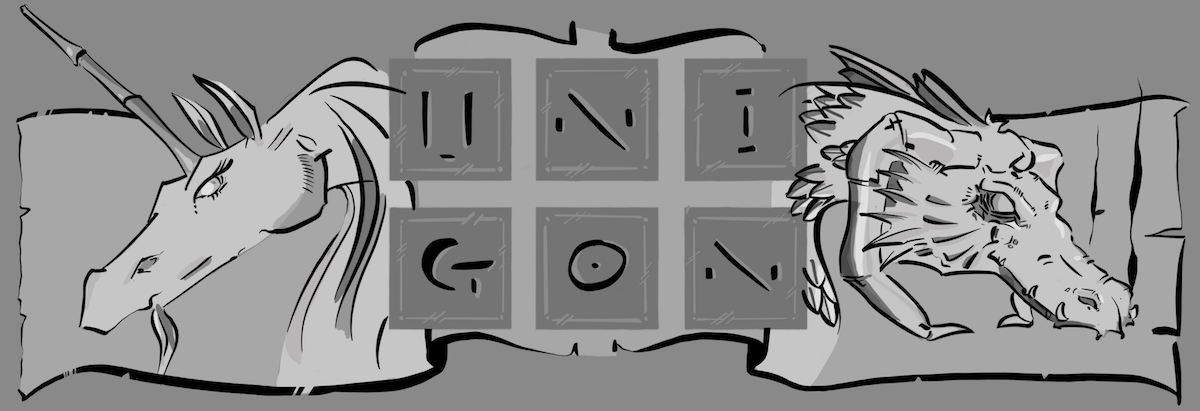Words come tumbling, rumbling like rapids from the mouth
So many, so different and still all remain so more the same
We define and describe and decapitate this truth, that truth, any truth
With words and sentences that congeal as horizontal lines of blood in human desperation
We fill the voids and crevices and dark places we fear so much
Till the canyons of our ignorance echo with the ring of our rhetoric
Dead just a moment ago and where has my now gone?
Fleeted into yester`s moment and nevermore
Shall scholar redact man`s mortal foe?
Shall poet transcend this our malignant woe?
The fool dances upon the god`s brow in mighty delight, ignorant
Our prison is now complete as our language grows
Welded from the same tools we attempt to fly with
To soar above this Earth and world and be apart As our Maker
We are bound to this one life, this one blood, this one love
Not in shackled isolation or desolation, though
See not the yester`s shadow creeping so long and black along our path
Blanket over the mountain yet formed and filling the canyon yet dug
For I am not the word
Even as I say it, “I am”
